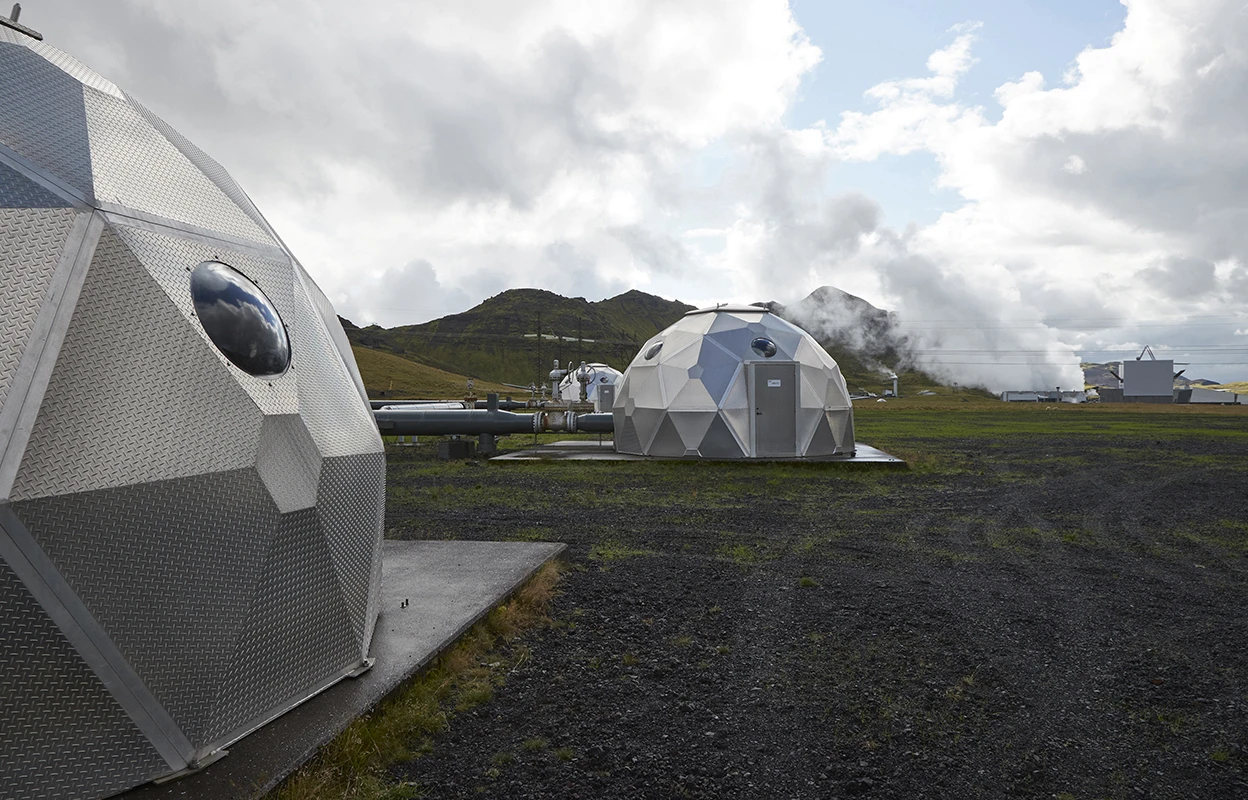
As global climate change becomes an increasingly urgent issue, scientists and companies are actively exploring methods to remove carbon dioxide (CO₂) from the atmosphere to cool the Earth. These solutions are seen as crucial to achieving climate goals, especially as the world is at risk of surpassing the temperature limits set by the Paris Agreement. Here are three key carbon removal methods and the challenges they face.
First, direct air capture (DAC) has emerged as one of the most promising solutions. This technology uses large-scale machines to extract CO₂ from the atmosphere and store it. Although the efficiency of DAC technology has been improving, the high costs remain a major barrier to widespread adoption. To reduce costs, many companies are working to enhance the technology’s effectiveness while seeking government support and collaboration. However, scaling up this technology still faces significant funding and policy challenges.
Another noteworthy solution is ocean-based carbon sequestration. This method involves altering the chemical composition of the ocean to enhance its capacity to absorb CO₂. The LOC-NESS project in Massachusetts is a prime example, aiming to help the ocean absorb more carbon through specific processes. Despite its potential, ocean carbon sequestration faces challenges such as insufficient scientific research and regulatory hurdles, making its widespread implementation a lengthy process.
In addition, land-based carbon sequestration offers a promising solution. Through forest restoration and soil management, land can naturally absorb large amounts of CO₂. This method tends to be more cost-effective and efficient, but it also faces issues such as competition for land resources and limitations on land use, which restrict its implementation.
While these carbon removal technologies hold significant potential, there are still many hurdles to overcome in their deployment. Government support for these technologies is unstable in some countries. For example, during the Trump administration, funding for carbon removal technologies in the U.S. was significantly reduced, leaving many related research projects and companies in a difficult position. Aside from technical and funding issues, the political debates and feasibility of these technologies remain key factors in their future development.
Overall, while carbon removal technologies play a crucial role in combating global climate change, they still face significant challenges, including high costs, technical uncertainties, and unstable policies. To realize their full potential, overcoming these barriers will be essential.
Source : nature
Website : https://www.nature.com/articles/d41586-025-01233-6
Disclaimer :
The articles compiled and published by this association on the Taiwan Net Zero Emissions Association's official website and in the Member Biweekly Report are intended to introduce international environmental trends and for educational purposes, not for commercial use.
Any legal responsibilities or losses arising from the use or adaptation of articles compiled by this association shall be borne by the user or adapter.For more information on Net Zero emissions, feel free to subscribe to our biweekly report: https://www.tnzea.org.tw/eforms.php?lang=tw&tb=1


